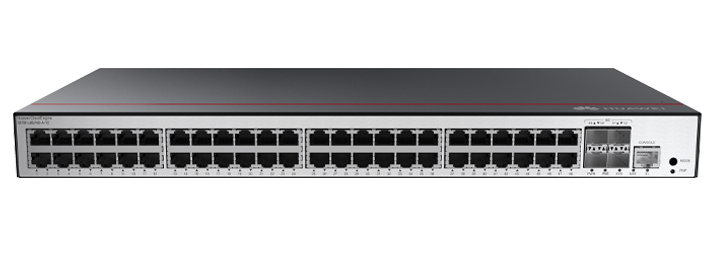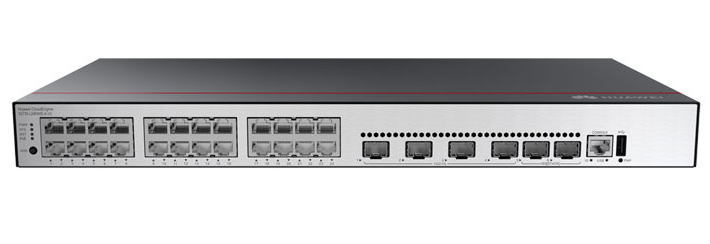































 iStockphoto/Getty Images
iStockphoto/Getty Images I deal with a lot of remote servers, most of which I access via Secure Shell (SSH). How I manage those connections depends on the operating system I use. If I'm on Linux, most often I simply default to the command line interface and make use of SSH's config file (where I can configure any number of connections for easy access).
Apple's Mac lineup can be confusing as the company transitions from Intel processors to its own Apple Silicon processors. But we're here to help.
Read nowAlthough I can do the same thing on MacOS, I'll often resort to a GUI app so I don't have to remember nicknames for servers or type out the SSH command every time.
Also: How to make SSH even easier to use with config files
One such app is Termius, which has been around for some time and is easily one of the best SSH connection managers on the market.
Termius can be used for free, but the feature set is limited. To get the full power of the application, you should consider purchasing a license to unlock features such as:
The pricing for Termius is:
You can check out what features are available for each version on the Termius pricing matrix. I recommend starting out with the free version and -- should you need more features -- look into one of the paid plans.
With that said, let's find out how to manage your SSH connections with this well-designed application.
On MacOS, open the App Store from either Launchpad or the Dock.
Installing Termius from the MacOS App Store.
Image: Jack WallenSearch for Termius. When the app appears in the App Store, click Get and then click Install.
Also: The basics of SSH usage
Click the Launchpad icon in the Dock and search for Termius. Click the Termius launcher to open the app.
From the main Termius window, type the IP address or hostname for the remote connection in the Add Your First Host block and click Create Host.
You can also import all of the hosts from your config file from this GUI.
Image: Jack WallenIn the resulting window, you'll need to at least add a username and a password. If your SSH connection uses a different port, make sure to add it.
Configuring an SSH connection in Termius.
Image: Jack WallenIf your connection uses SSH key authentication, you'll have needed to copy the id_rsa.pub file from the server to the machine hosting Termius. To import that key, click Keys and then click Generate A New Key. In the resulting pane, click Import From Key File, locate the key file you created and click Save.
Configuring SSH key authentication for a Termius connection.
Image: Jack WallenYou should now see your remote host added to Termius. Double-click that listing and, when prompted, type the password for either the user or SSH key. Upon successful authentication, you'll be given access to your remote server, where you can get to work.
Connecting to a remote server via Termius.
Image: Jack WallenAdd as many servers as you need to Termius, making sure to give them unique names, so you don't have to associate an IP address to a server.
And that's all there is to managing your SSH connections with ease on MacOS.
 Etiquetas calientes:
seguridad
Etiquetas calientes:
seguridad